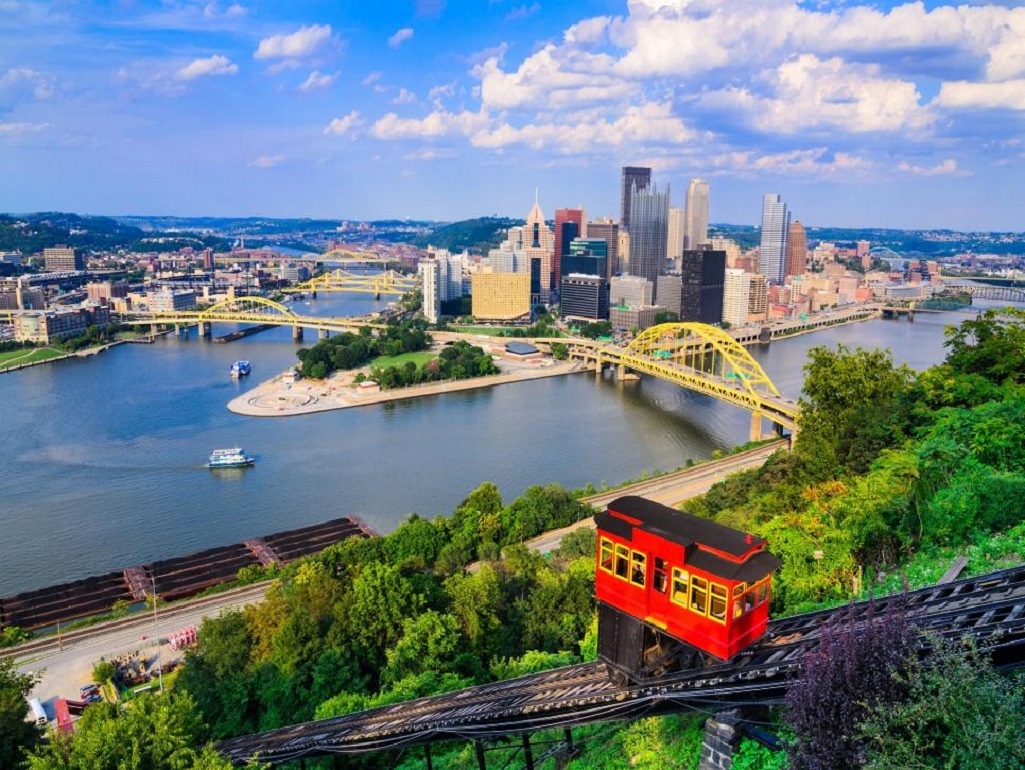Spiti Valley, in the north-eastern section of Himachal Pradesh, a stretch of territory between Tibet and India, is among India’s coldest desert mountainous regions. Most adventurers and hikers are familiar with the Spiti Valley’s allure and have become regular visitors. Small towns, monasteries, clean rivers, verdant fields, snow-capped hills, and welcoming residents living a simple life may all be found in this area! Spiti may be reached by one of two routes: Manali or Shimla. The journey is not simple due to the rugged terrain, terrible weather situations, and snow-covered passes which make the journey dangerous. But the journey was totally worth it!
REACHING SHIMLA OR MANALI:
Every day, midnight Volvos depart from Delhi and Chandigarh towards Manali. There are no trains running to Manali, but you may take a train to Chandigarh and then take a cab to Manali for $9.
Via Shimla- Are you taking a flight? Take a fly to Chandigarh and afterwards drive to Spiti through Sangla, which might take up to two days and you’ll see the Sangla valley. If you are travelling by train, you can disembark at Chandigarh railway station and take a bus or tempo to Spiti through Sangla valley, or hire a cab. To go to Chandigarh, Volvo buses are also available. This is the route you’ll take from Manali to Kaza-Spiti Valley via Rohtang Pass, Chattru, and Kunzum Pass. In addition, the Shimla-Kinnaur route is available all year. This route is more picturesque, and you’ll pass through many interesting locations.
THINGS TO DO IN SPITI VALLEY-
The Spiti Valley is indeed an adventure you must have at least once in your life. We’ve compiled a list of 10 must-do activities for your next vacation to Spiti, including camping at 14000 feet on Chandratal Lake, mailing a letter from the world’s highest postal service, and trying to locate the legendary snow leopard, among other things.
PLACES TO SEE ON THE ROUTE AND IN SPITI VALLEY-
Look out your windshield as you ride uphill through this gorgeous valley to see the quaint tiny villages and spectacular mountain passes that will make your journey even more memorable. When you arrive in Spiti, see the hundreds of monasteries and gorgeous lakes, as well as participate in local events and celebrations that will lift your spirits!
PASSES-
- Baralacha La: It is one of the most difficult crossings on the Leh-Manali route, since it travels across the convergence of multiple mountain ranges: the Zanskar, Pir Panjal, and the Great Himalaya range.
- Kunzum Pass- At 15,060 feet, another of the largest cable car mountain passes connects the Lahaul Valley with the Spiti Valley. This is a well-known pass that is only available for 3-4 months a year. On the road to Spiti from Manali, it is one of the tallest mountain crossings.
MONASTRIES-
- Key Monastery: is one of the earliest, largest, and most well-known monasteries in Spiti’s Kaza area. This 1000-year-old monastery, which is situated at an altitude of about 4000 metres, was founded in the 11th century. Approximately 250 monks live here, with the majority of them staying throughout the year.
- Dhankar Monastery: is a Buddhist institution famed for the Vairochana statue, which depicts four Buddha figures in concentration. The architecture and paintings of the monastery will wow you. This monastery is located between Kaza and Tabo at an elevation of 12700 feet. The Spiti and Pin streams are seen from this Gompa, which is 1000 feet tall.
LAKES
- Chandratal Lake: often known as “Lake of the Moon,” is an elevated lake named by its crescent-moon shape. Its allure stems from an intriguing phenomena in which the water’s hues appear to shift from red to orange to blue to emerald green as the day advances. This is a popular night camping location that is only available from June to September.
- Dhankar Lake: is a tranquil spot where you may observe grazing cattle in the grasslands, snow-capped hills, and glistening blue waters. After a two-hour trek from Dhankar monastery, you can reach this lake.
VILLAGES-
- Kibber village- The elevation of Kibber Village is 14200 feet above sea level. The famed Kibber animal sanctuary and a monastery are both located in this area.
- Komic village: at 4500 metres above sea level, is also known as the world’s highest settlement with a motorable road.
When to visit Spiti valley?
Summer is the greatest season to visit Spiti Valley because of the warm and pleasant temperatures of 25 degrees during the day and 3-4 degrees at night. Heavy snowfall blocks the highways before the coming of summer, forcing them to close. Tourists are suggested to visit during the months of May and June, and September and November.
Where to stay in Spiti?
While travelling, lodging is a crucial consideration, and you may base your decision on affordability, convenience, locality, and other variables. Around the settlements of Losar, Spiti, Kunzum pass, and other places, you’ll find hotels, guest houses, campgrounds, dhabas, homestays, and tents. During the tourist season, nice guest houses and hotels may be fully booked, so book ahead of time or select a homestay in Spiti when you arrive. Homestays in Spiti provide all basic amenities and are ideal for trekkers and single travellers.
What to eat in Spiti Valley?
Eating in a monastery allows you to sample local specialities. The fusion of Indian and Tibetan cuisine, as well as staples like dal, rice, vegetables, and distinctive Spiti bread, will wow you. Ancient Pahari-Tibetan-Punjabi influences such as Thukpa, Madra, Thentuk, hot steaming dumplings, Tsampa, and beverages like Chaza, Sea Buckthorn juice, and tea, to mention a few, maybe found as you journey higher into the Lahaul-Spiti area.





